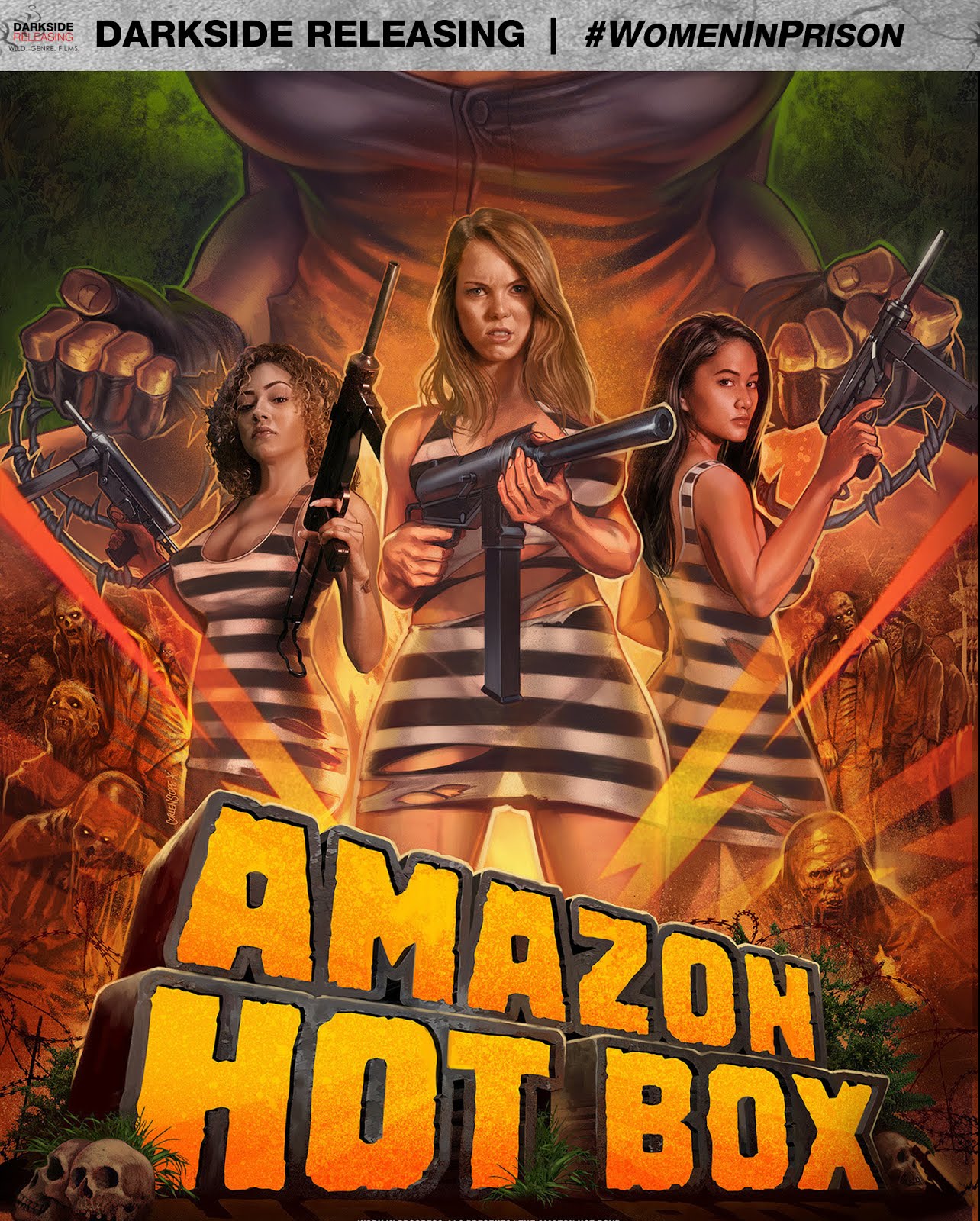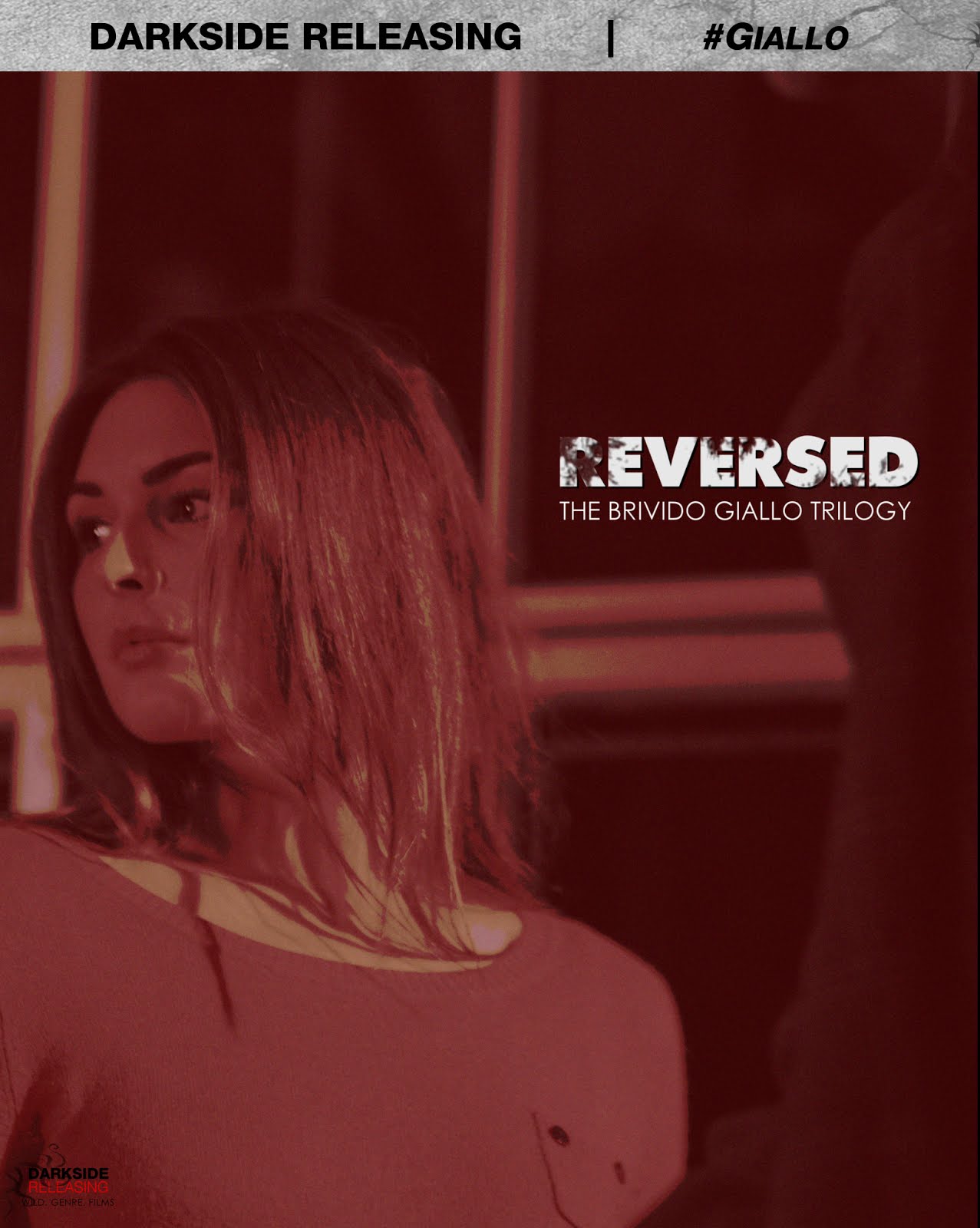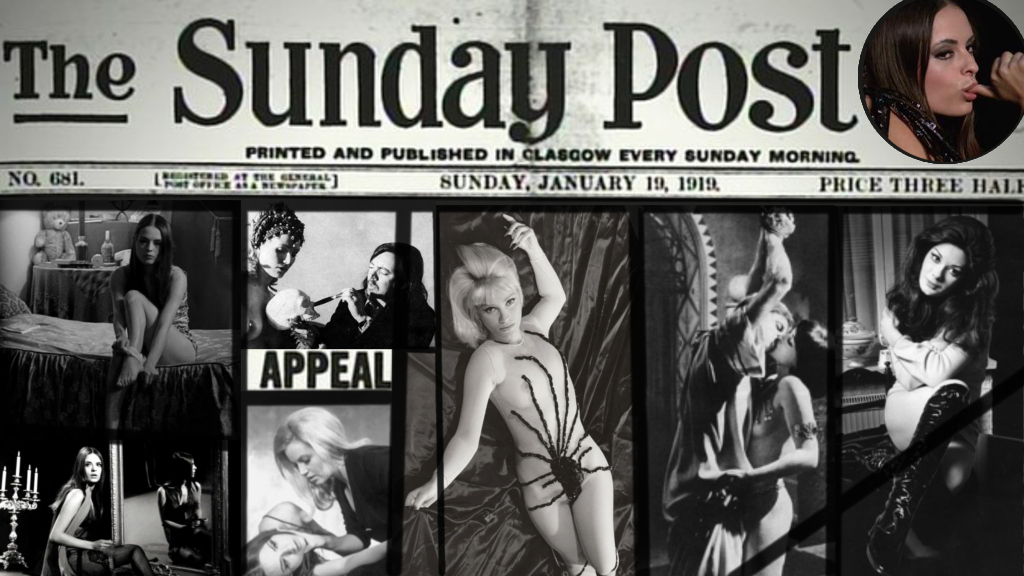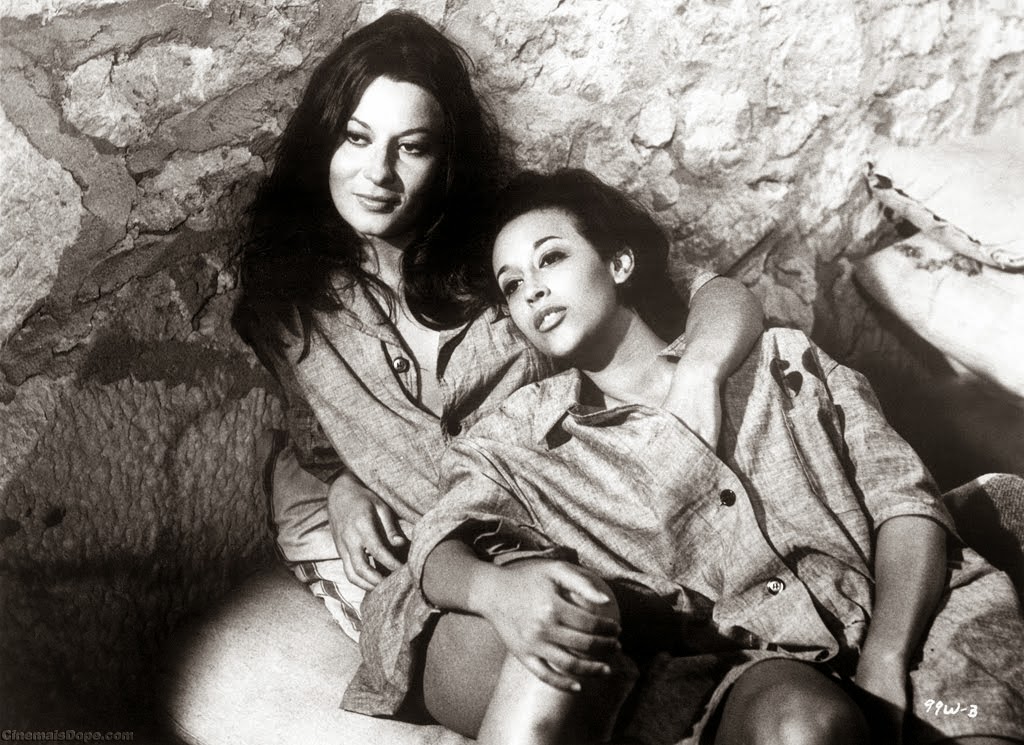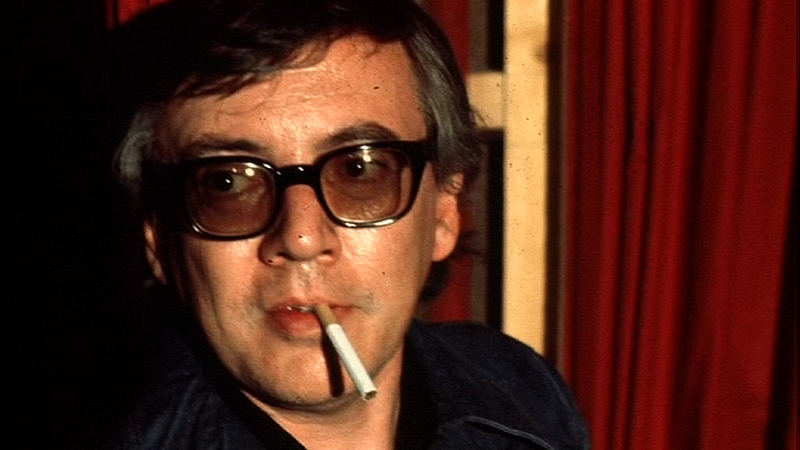– or –
The Day Quentin Tarantino Stopped
Winking to Us.
It's now the new
year: 2016 has existed for a little less than three entire days at
the time of this writing, and today I'd finally found myself walking
into the cinema to see Quentin Tarantino's “8th Film”,
The Hateful Eight, and seeing the poster over the marquee as I
went to purchase my sole ticket for the matinee on January 3rd,
exactly eight days after originally threatening to see it this
holiday season, I noted that the director's self-imposed credit over
the image and title of the poster appeared to be something of a
movie-joke, 8th Film – Hateful Eight;
coming from a director who used to gleefully throw in-jokes, movie
nods, and playful winks to his audiences, inviting us to actively
participate in his joy of cinema by watching his films. I couldn't
put my finger on why his last three feature films had felt so
contrasted to me over the rest of his pre-Inglourious Basterds
repertoire... but this was just it – he'd stopped winking to us.
I am not a hipster
Tarantino hater – I have loved many of his films. But I have also
used the P-word, in the past, when describing his work. I have
since changed my mind somewhat, in reflecting on how much instinctive
depth and designed symbolism Tarantino has given us within his
homages to countless other films, and yes, he has undoubtedly stolen
some of his best scenes from those other films. But as I reflect down
what is now a long line of films that he's created, like many (or
all) artists, Tarantino's work is highly dependent on artistic work
that has come before it, and before him, and this, I must admit now,
transcends the ideas of outright plagiarism (to the extent that it
might not be as black-and-white as I'd once vocally opined). In a
way, Tarantino was more honest about what it was he'd been stealing
for any given film of his (other than the time he lied about never
having seen Ringo Lam's City on Fire when he'd made Reservoir
Dogs), as he continually threw his influences up on the cinema
screen in a most blatantly obvious manner, for us to receive them
back as his personal homages to his cinema heroes and to entire
sub-genres of film history, so that we may (if we so desired) track
down and explore these influential works – works that were also
inspired by their own times and places in history, and, by other
people's works before them. By doing this, he was overtly inviting us
to join in on his world of cinema.
However, sometime
around the end of the 00s, this cinematic communication between
artist and audience – these winks – stopped coming from
Tarantino, and his films began to take on a whole new feel; things to
be admired from a distance. To illustrate, I'll begin with a highly
simplified progression of cinematic homage (and as an audience our
access to it), as it relates to Tarantino's body of work, in order of
creation:
Reservoir Dogs – homage
Pulp Fiction – homage
Jackie Brown – homage
disguised as being based on a book – or, the other way around.
Kill Bill Vol. 1 – homage
Kill Bill Vol. 2 – homage
Death Proof (from Grindhouse) –
post-modern take on the
slasher-film sub-genre
Inglourious Basterds – remake
Django Unchained – remake
The Hateful Eight –
a remake of his own work
As
mentioned, it's no secret that Tarantino's work has continually
relied on the works of other cinematic art and artists before him.
For this, he is no different than any other artist. This is simply
what art does – it influences the next round of artistic
expression, and so on, just as Tarantino himself (and his own work)
has influenced others that have come to the table after him.
Interestingly, with The Hateful Eight, through
his artistic journey of moving from blatant homages to outright
credited remakes of films from Italian cinema, he has somehow come
full-circle in that he has now seemingly remade his very own Freshman
film from 1992 – Reservoir Dogs – only
twice as long and far more snowy. But we'll get back to that
momentarily. For now, I feel the desire to clarify my simplistic take
on Tarantino's artistic and creative journey, and to show where
exactly he stopped including the audience in his films by cutting off
a point of access that he'd previous built up as being the main
point of access to understanding
his work (although I do not think this latter part of the statement
was in any way intentional – it was merely circumstantial). And so
then, when did Quentin
Tarantino stop winking to us from the heights of the cinema screen?
In 2009, with Inglourious Basterds.
What Inglourious
Basterds shows us at face value is a remake of an Italian film of
nearly the same name by Enzo G. Castellari, although Tarantino's
version runs at almost double the length, and includes Tarantino's
original sub-plot of an escaped Jewish woman hiding out as a cinema
manager in Nazi-occupied France. However, despite Basterds being
a remake (or half a remake), this was far, far more a film that came
directly from Tarantino's own mind that any other of his works thus
far – no plagiarized dialogue or scenes; Tarantino's writing was
now giving us a new rhythm, a direct translation from his brain to
his script to the movie screen as only he saw fit; and as a result,
the stolen moments and collage of homages that had constructed his
entire catalogue (up to this point) that he had previously used as
his access point to connect with audiences were suddenly no longer a
part of his creative process. So, even when he did throw in the
sporadic in-joke in Inglourious Basterds (like the name “Hugo
Stiglitz”, or the use of the song “Cat People”), those
minuscule in-jokes did not have the cinematic weight nor connectivity
towards the audience that his more overt homages did. Inglourious
Basterds had suddenly moved Tarantino's cinema completely into
the realm of Tarantino. Also taking away from the thrust of
the in-jokes is that clearly in the absence of The Homage, the
filmmaker himself fails to know now if he's making a satire or not,
something that annoyingly, and at times awkwardly, plagues his
latest trilogy of movie remakes.
I returned to
thoroughly enjoying a Tarantino film with his 2012 follow-up remake
Django – which again provided in-jokes to those who had seen
the original Django film or Mel Brooks' Blazing Saddles.
The comedy in Tarantino's Django is more pronounced, the
dialogue rapid-fire and witty, and the several times that he might
have been unsure if he was filming an all-out satire or not
(something which annoyed a cinephile friend of mine to no end), the
whole of the film is such a “crowd pleaser”, as one of the film's
critics put it back in 2012, that it overcomes these ambiguities that
Tarantino himself appears to be completely unconcerned with.
Of course, when it
came to both Inglourious Basterds and Django Unchained, the
irony of Tarantino fully finding his cinematic and literary voice
along with his full creative potential within what are, by nature,
generally seen as the opposite of creativity (i.e. The Remake), is
something that had not escaped my attention – but consider the idea
that finally calling out an influential film in its entirety
(Inglorious Bastards, Django) as the construct in which you
might be presenting your creative cinematic work, could be entirely
creatively freeing. It's about forgoing the dance of deception that
comes along with having to hide plagiarism, or certainly in
Tarantino's case, obsessive copying and over-borrowing. Finding a
high point in artistic creativity within a movie remake is nothing
new – I think back on John Carpenter's intent on remaking, but
ultimately owning, The Thing.
Which now, in the
third day of the new year which is 2016, brings us back to
Tarantino's most recent cinematic effort, The Hateful Eight, a
film that I'm honestly not entirely sure if I liked or not. There is
no denying the film's power to stay in your mind, that's for certain.
Also, I like that he's so far rounded off his trilogy of remakes by
remaking his own damn movie – that feels like a great artistic
circle to me, it's something I can appreciate with irony and humour,
two things I very much enjoy. The Hateful Eight is still
loaded with his second-nature cinematic nods – like the use of the
score from The Thing, and the visuals that might recall, for
some, Alejandro Jodorowski, and even the casting of the main
characters – but overall, I stand by what I said: there are no
winks to us directly, the jokes are disconnected from us now – the
jokes that are there appear to be there more for the creator to
enjoy over anybody else, perhaps so that he can revel in how clever
he is. The Hateful Eight is completely Tarantino's film, just
as Inglourious Basterds and Django Unchained were also
completely his by design, made the way he wanted them to be made and
shown to us exactly how he wanted to show them to us, with Tarantino
even going so far as to dictate the theatrical formats, as far as he
possibly could, in which his films would be presented – his last
three films are constructed for us like an elaborate and meticulous
collection of toys might be set up and shown to an acquaintance by an
equally meticulous collector. Here, look at what I've got, isn't
it fantastic? But you can't play with it, I have it exactly as I want
it, so that nobody can touch it. Tarantino's films are exciting
and visceral and need to be seen, much like a meticulous collection
of (art, toys, cars, whatever) is there to be seen, but like the
artwork hanging in the Louvre, I guess as a spectator we're
not allowed to lean over the ropes and touch it anymore. And for me,
that's a shame.





